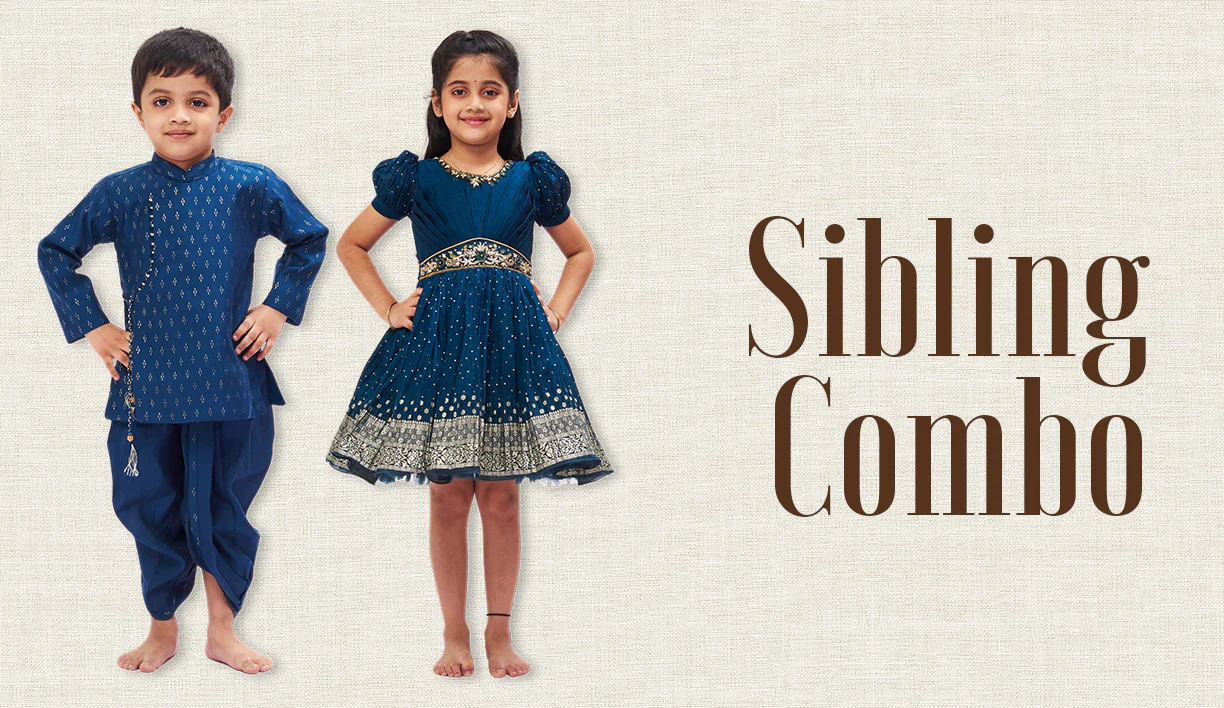What Is W-Sitting-And Why Do Pediatricians Talk About It So Much?
If you’ve seen your toddler or preschooler plop down on the floor with their knees bent and feet splayed out behind them in a "W" shape-congratulations, you're in the club of “Wait, is that okay?” parenting moments.
It’s incredibly common and often harmless in short bursts-but if your child prefers this position often or for long periods, it might be worth gently steering them toward healthier alternatives. Let's break down what W-sitting really is, why it matters for your child’s development, and what you can do as a parent-without panic.
What is W-Sitting?
W-sitting is when a child sits on the floor with their knees bent in front of them and feet tucked out to either side, forming a W shape with their legs. It’s most often seen in toddlers and young children because of their natural flexibility.
👀 You’ll notice it during playtime, especially when they’re busy building blocks, reading, or watching something.
Why Do Kids Sit This Way?
-
It’s stable. W-sitting gives kids a wide base, which feels secure, especially if their core muscles are still developing.
-
It’s convenient. Kids don’t think twice-they just sit how their bodies feel most supported.
But comfort isn’t always ideal for long-term development.
Why W-Sitting Can Be a Concern
Occasional W-sitting isn’t usually a problem. But frequent or prolonged W-sitting can affect:
✅ Core strength:
It reduces the need to engage core muscles for balance.
✅ Hip and leg development:
Over time, it can put stress on hip joints and leg muscles, possibly leading to tightness or posture issues.
✅ Balance and coordination:
It may delay the development of more dynamic balance needed for sports or climbing stairs.
What Can Parents Do?
Instead of constantly correcting, try to gently redirect:
-
✅ Suggest alternative positions like criss-cross applesauce (cross-legged), side-sitting, or sitting on a small stool.
-
✅ Get down and model the new sitting posture yourself.
-
✅ Encourage more active play that builds core strength-like crawling games, wheelbarrow walks, or yoga poses for kids.
Soft Plug: After movement, let your child relax in comfort-our cotton daywear collection is perfect for flexible play and cozy downtime.
When to Speak to a Specialist
Check with your pediatrician or a pediatric physiotherapist if:
-
Your child only sits in the W position
-
They seem stiff, have poor balance, or walk awkwardly
-
They resist sitting in any other position
It’s always better to ask early and stay proactive, not reactive.
Final Thoughts:
W-sitting is one of those “small things” that can go unnoticed-until you know to look. The goal isn’t to stress every time your child drops into a W, but to gently support healthy habits that build long-term strength and coordination.
✨ The more we know, the more confidently we parent.
And while you’re guiding their growth, dress them in comfortable, movement-friendly outfits from The Nesavu-because healthy play deserves beautiful wear.
























Leave a comment